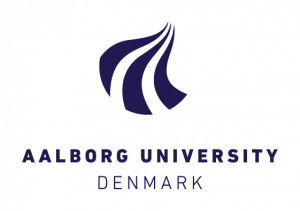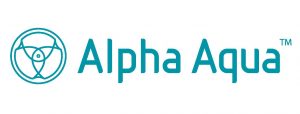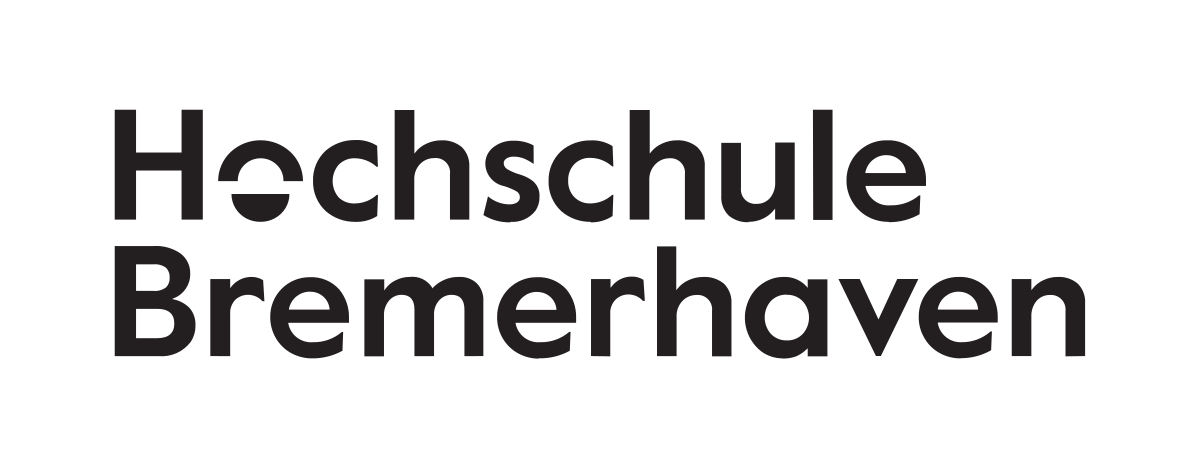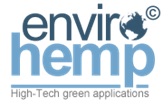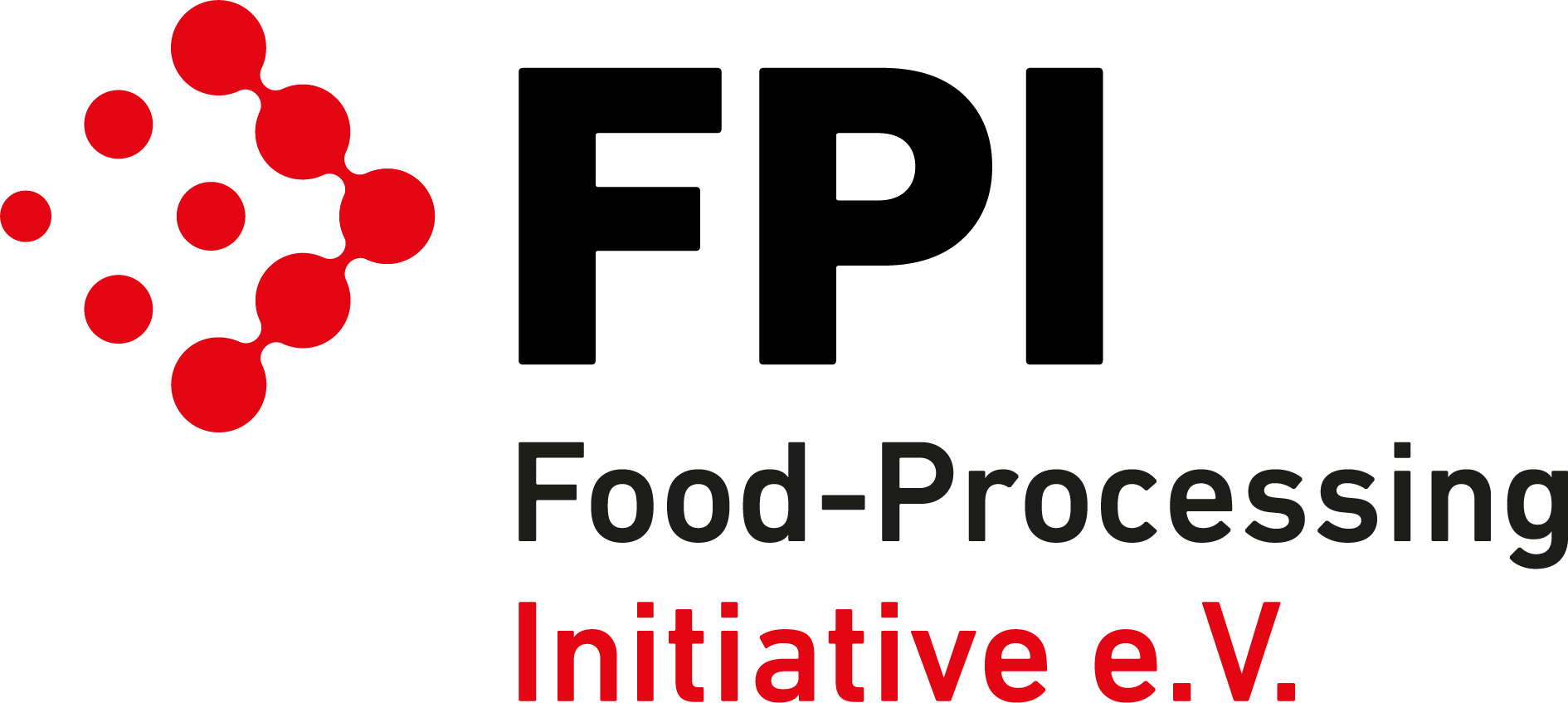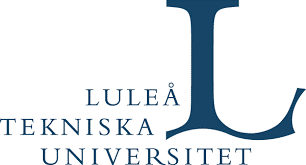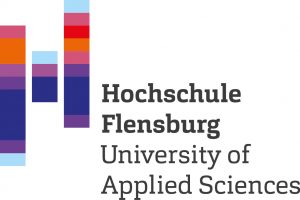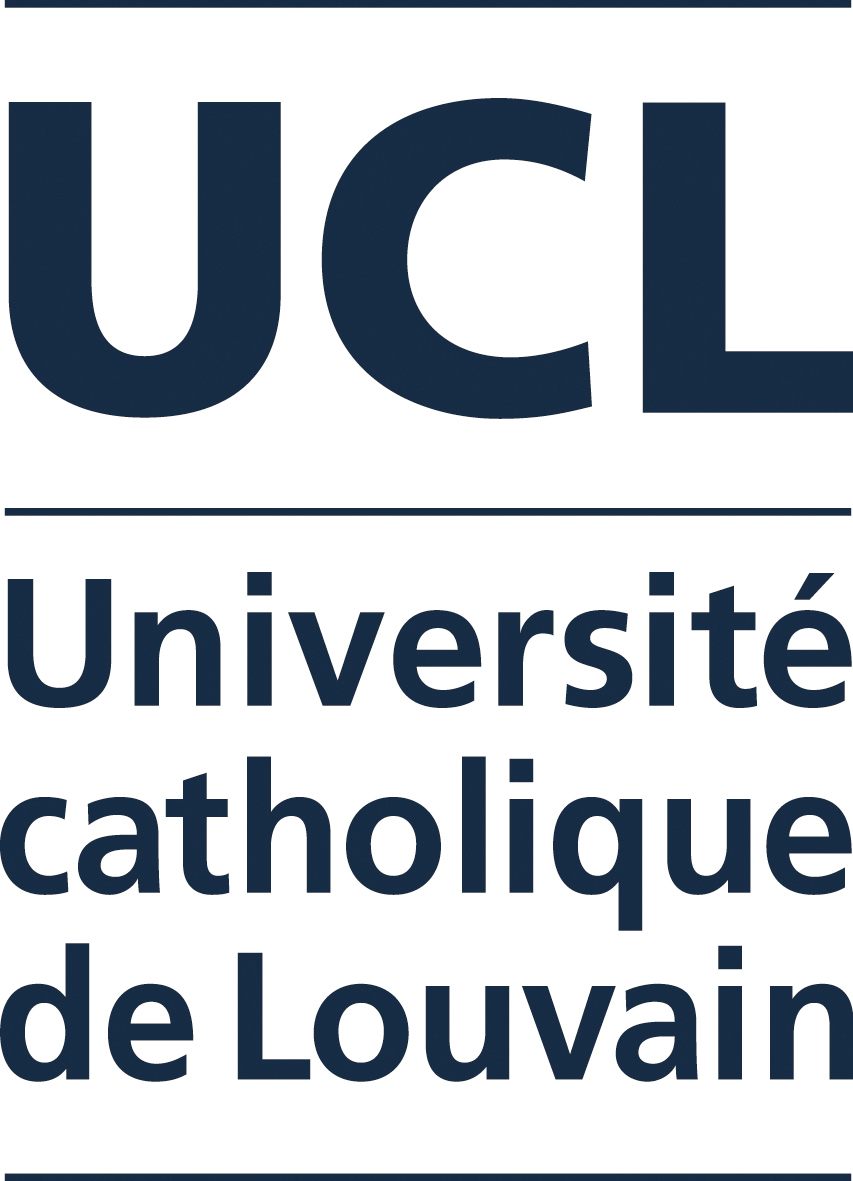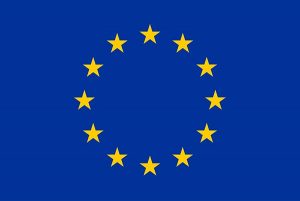Do all salt-tolerant plant species, also called halophytes, prefer saline cultivation conditions?
Halophytes are defined as salt-tolerant plant species that are able to finish their complete life cycle at salinities higher than 200 mM NaCl. Does it mean that they always grow better in the presence of salt?
It depends – In our experiments we compare the growth of different plant species that are salt-tolerant according to the definition above. However, halophytes differ in their salt-tolerance levels based on their natural ecological habitat. Saliornia europaea grows in the salt marsh and is often flooded by the sea twice a day whereas Crithmum maritimum grows at rocky coastlines and is mainly confronted with sea spray. Salicornia europaea needs a certain level of salt to grow and thrive optimally whereas C. maritimum grows better with respect to biomass and yield without salt at all. However, C. maritimum would not grow naturally in a salt-free environment because glycophytes, plants that are not salt-tolerant, were better adapted during evolution and show a higher fitness in non-saline environments. Not only the amount of biomass might be of interest when cultivating salt-tolerant plants. Also, their chemical composition and secondary metabolites might be of interest. Both characteristics are dependent on the salinity during cultivation.
We at Gottfried Wilhelm Leibniz Universität Hannover lead WP2. Throughout the AQUACOMBINE project we will leverage our expertise in studying the physiological status of plants and analyse halophyte cultivation patterns. The next step in our part of the project is to identify the optimal conditions to produce, on the one hand, as much biomass as possible and, on the other hand, to provide an optimal composition fort the respective user.
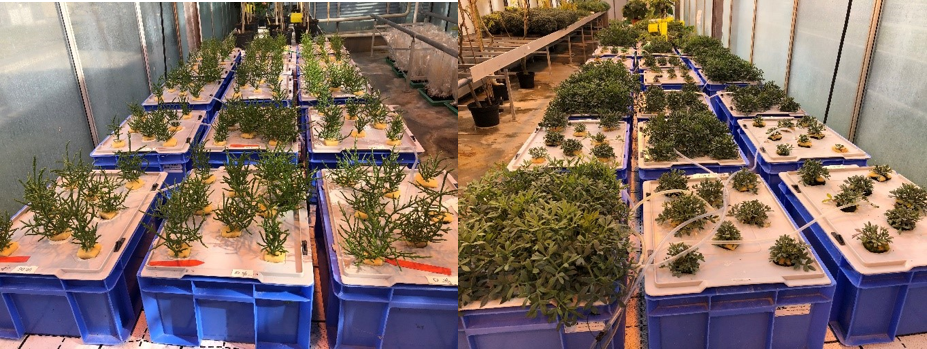
Acknowledgement
This project has received funding from the European Union’s Horizon 2020 research and innovation programme under Grant Agreement No 862834. Any results of this project reflects only this consortium’s view and the European Commission is not responsible for any use that may be made of the information it contains.


